My adventure began in Belize City and ended in Placencia before carrying over to Honduras. Each stop along the way had something different to offer and I enjoyed my time at each place. A visitor planning travel to Belize might want to consider heat tolerance and plan accordingly. For example, April/May can be very hot months. One day registered a heat index of 130° F when I was in Hopkins. While I might otherwise have ventured into the national park to explore, it was all I could manage to ride a mountain bike into the village to buy canned tuna, crackers and water for some meals. Otherwise, the excessive heat kept me near the water.
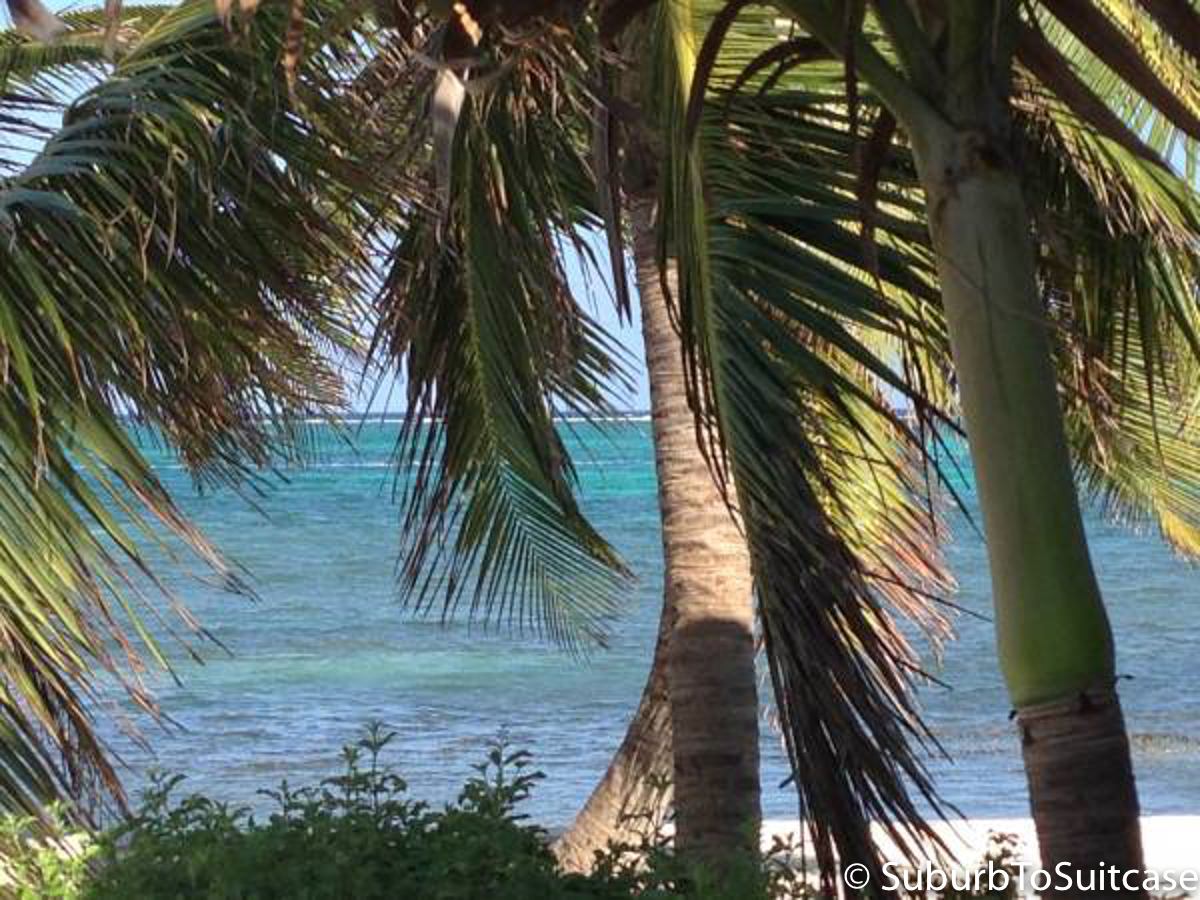
La Isla Bonita
Amgergris Caye/San Pedro
Upon arriving in Belize City, you can either take a taxi to the swing bridge and then board a ferry to San Pedro or you can take a prop plane directly from the airport. The price for these small planes within Belize is very reasonable and if you are polite and smile at the pilot, you are likely to secure the best seat on the plane – the copilot position. This was really fun to get such a unique view, especially during takeoff and landing. Regardless of how you make it to San Pedro, you will find it just as Madonna described: La Isla Bonita. We coordinated all of our diving here and while some rates are negotiable (with multiple days/people diving, divemaster credentials, having your own gear), others are not. The island is fun at night and street food is delicious and inexpensive, right in the main square each evening.
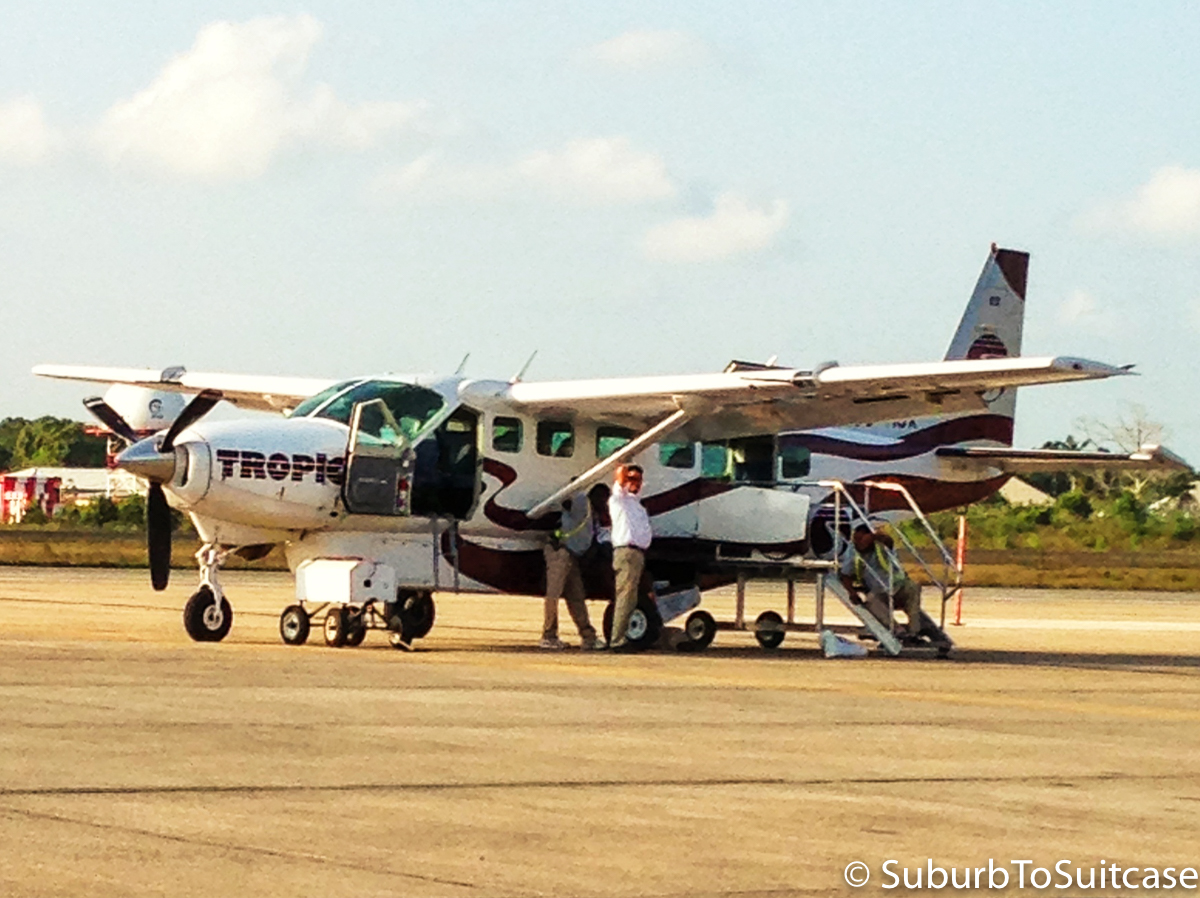
Belizean Prop Plane
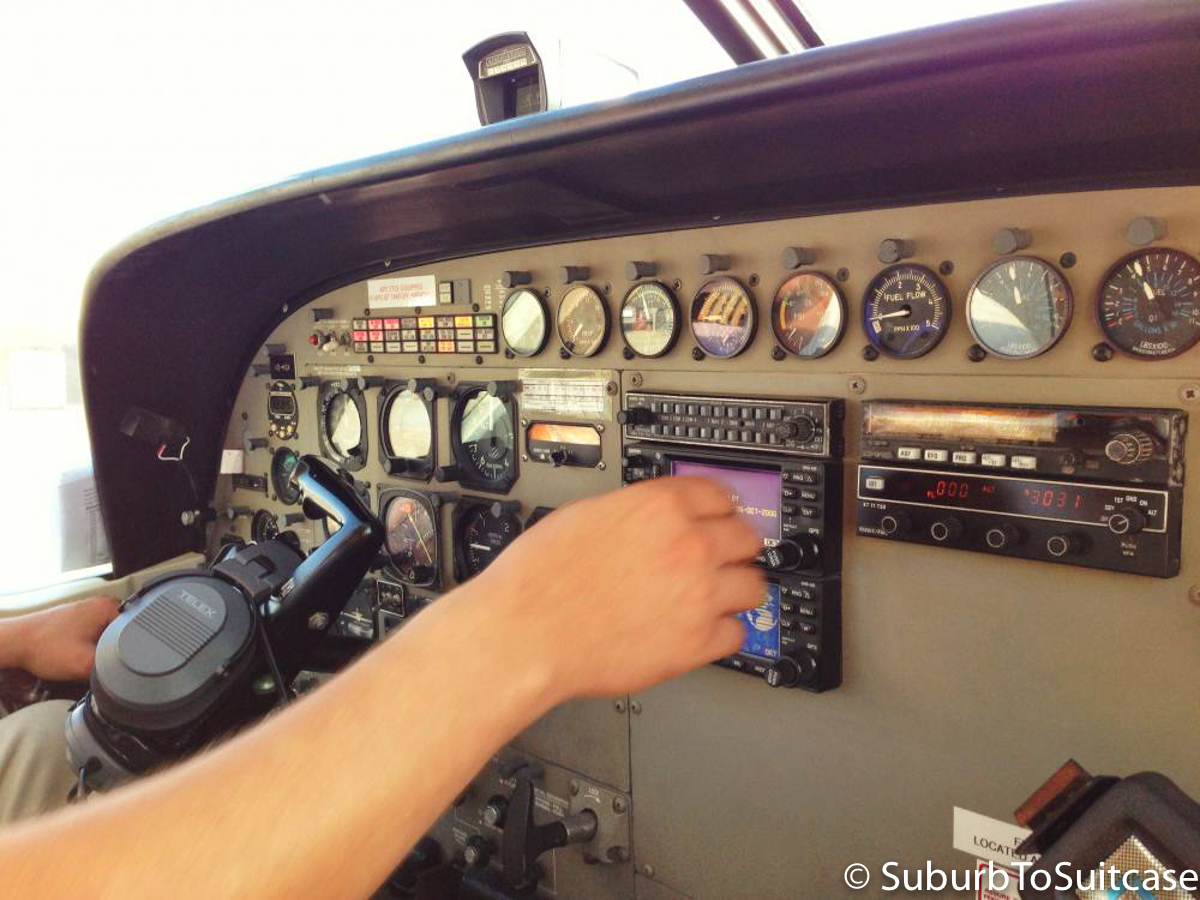
My View as the Co-Pilot
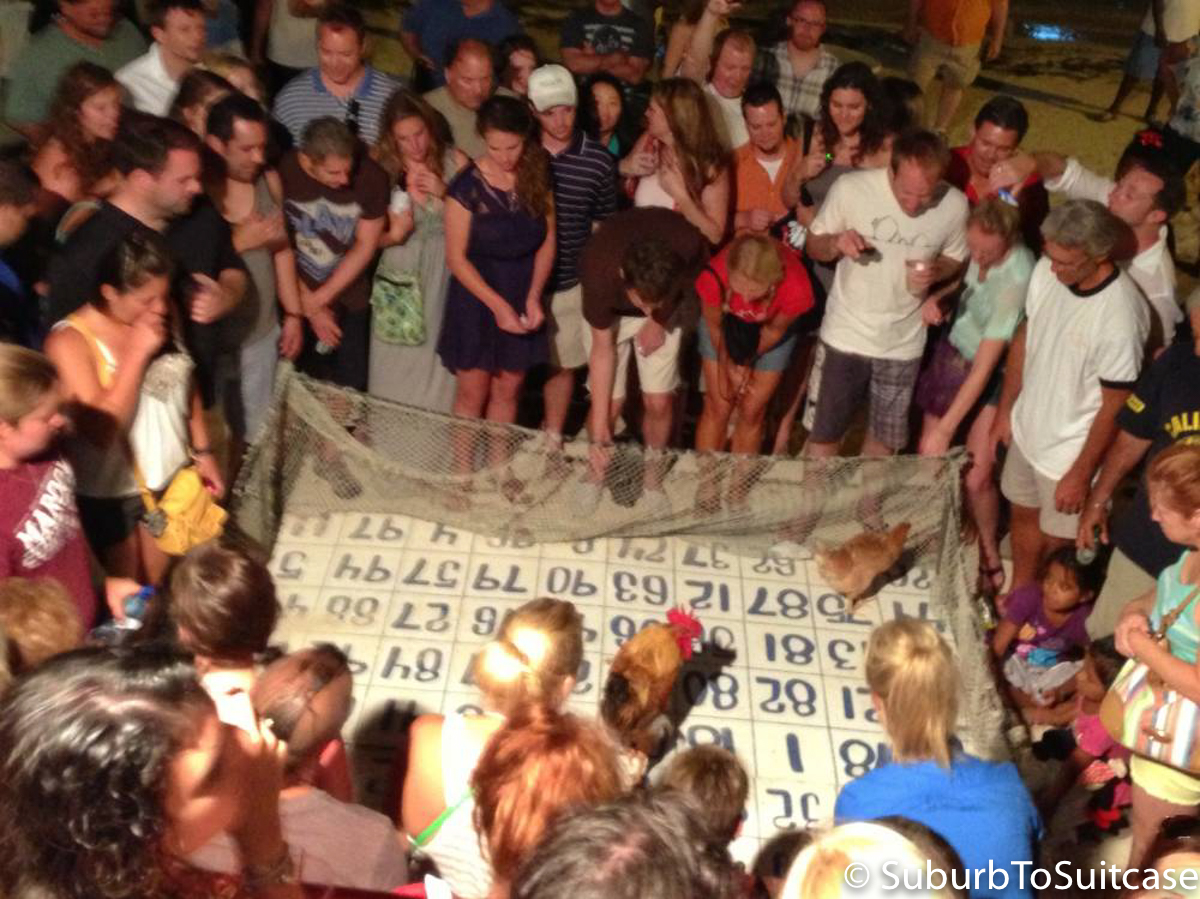
San Pedro’s “Chicken Drop” game where visitors place bets to see where the chicken decides to go (Note: No chickens are dropped in this event! The “drop” refers to where the chicken might use the restroom, so to speak.)
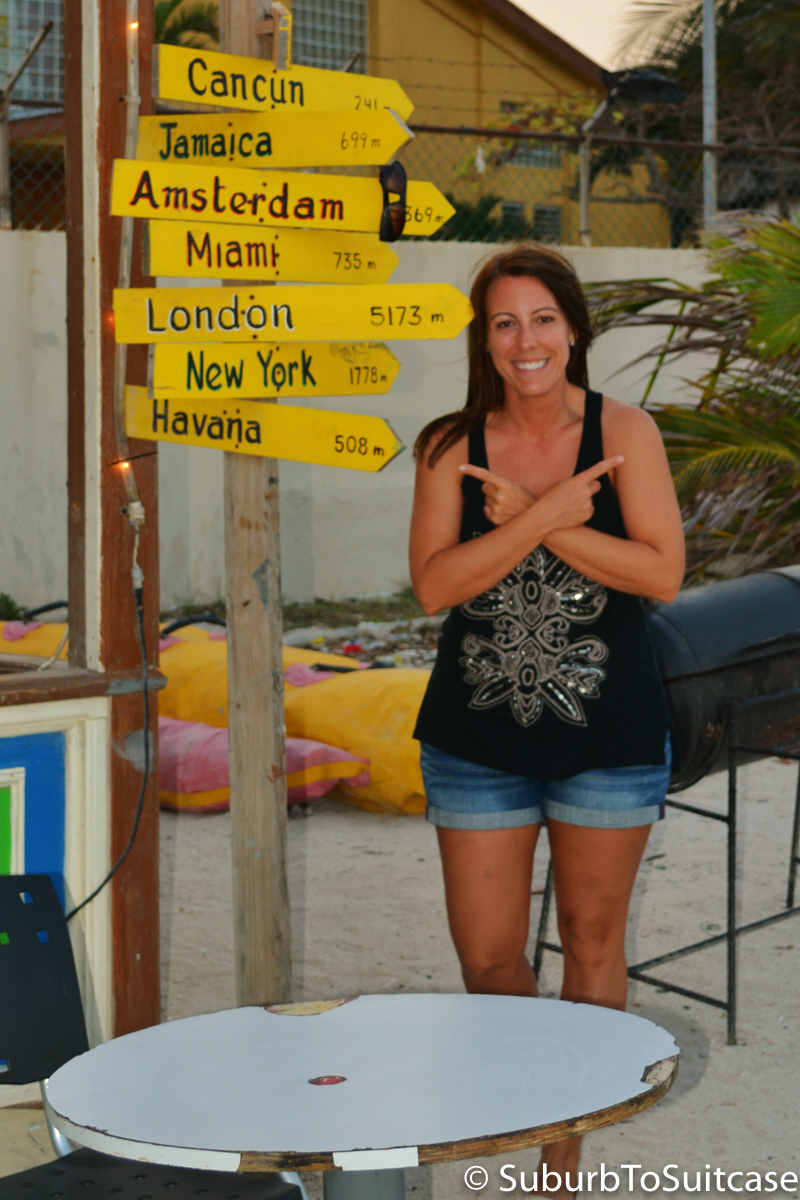
Me in San Pedro (photo by travel companion @blogtravelerbr)
Caye Caulker
You can reach this island by ferry from San Pedro – definitely a backpacker destination. It has a chill vibe, colorful streets, picturesque views and it is small and fit for walking. You can swim or snorkel at the end of the road but most people were just dipping to stay cool. Food seemed surprisingly overpriced on this tiny island compared to San Pedro. That said, be sure you find Terry (and his kitchen) on the beach. He makes amazing shrimp and rice dishes, especially.
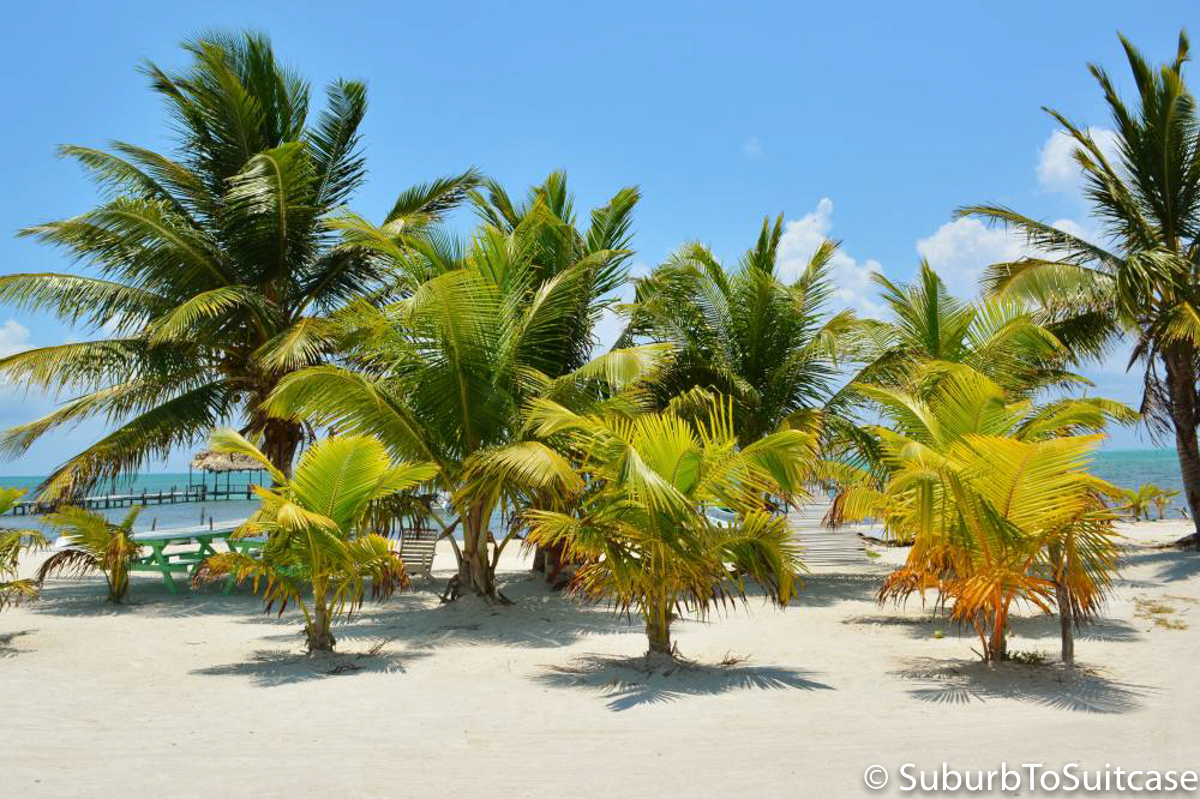
Palms on Caye Caulker
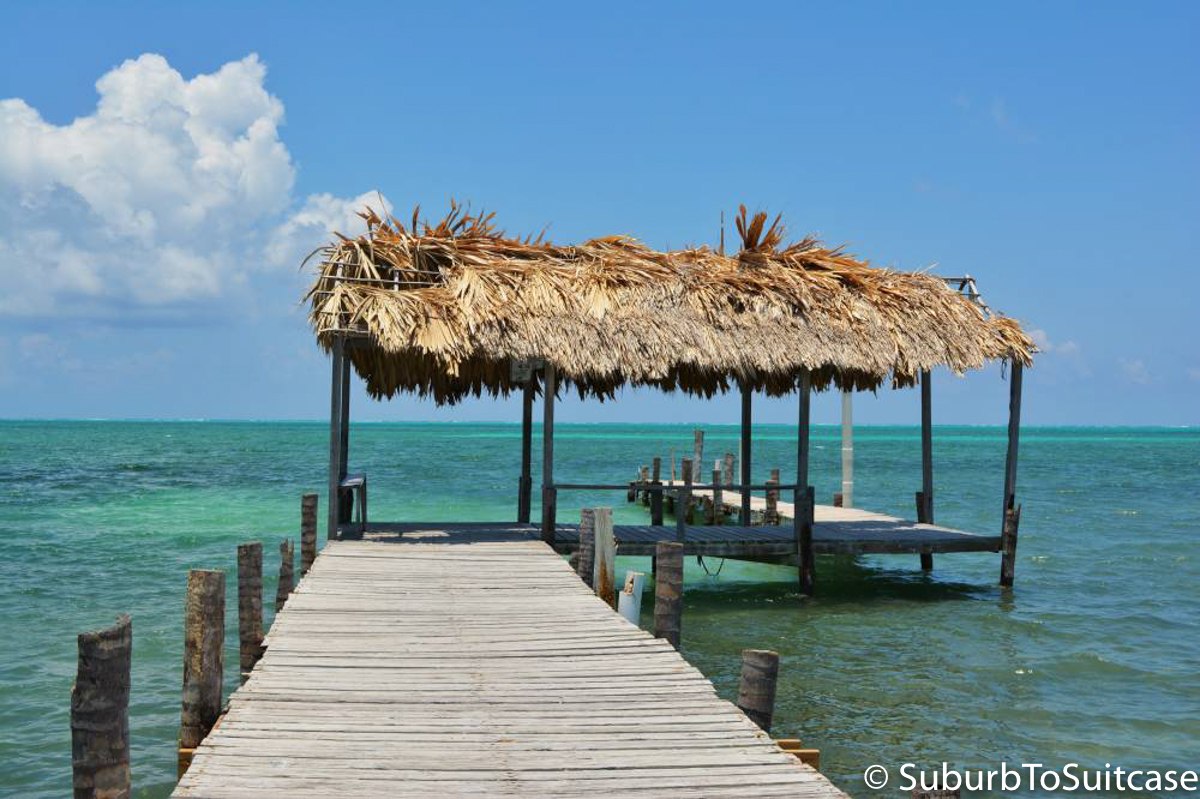
A rare piece of shade on Caye Caulker
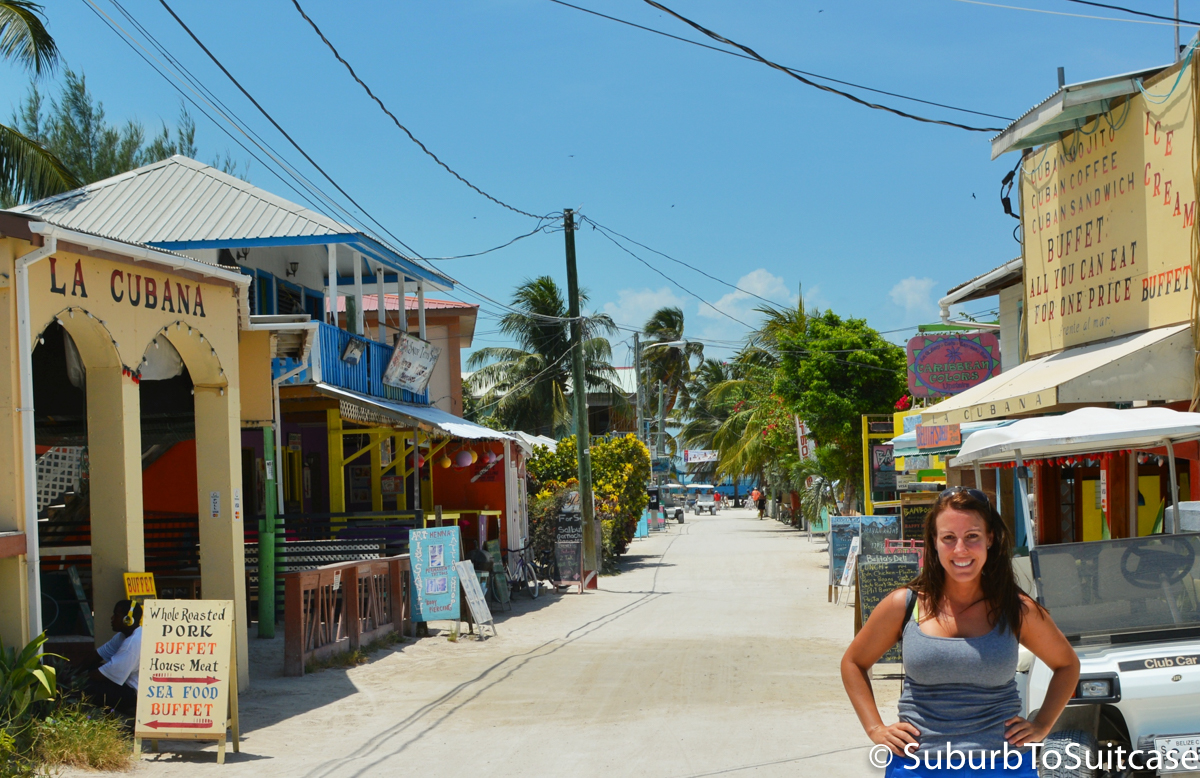
A rare snap of me in one of Caye Caulker’s vibrant streets: Photo courtesy of travel companion (@blogtravelerbr)
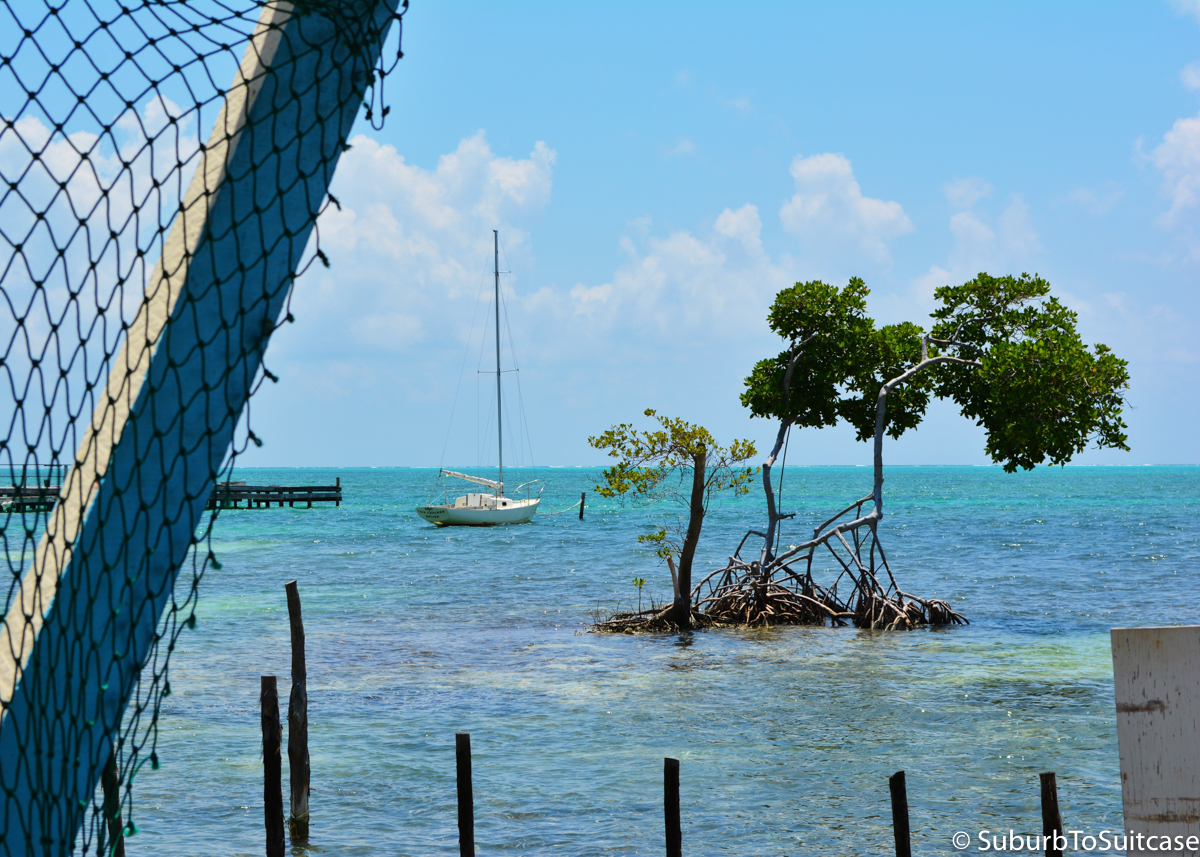
Sailboat in Caye Caulker bay
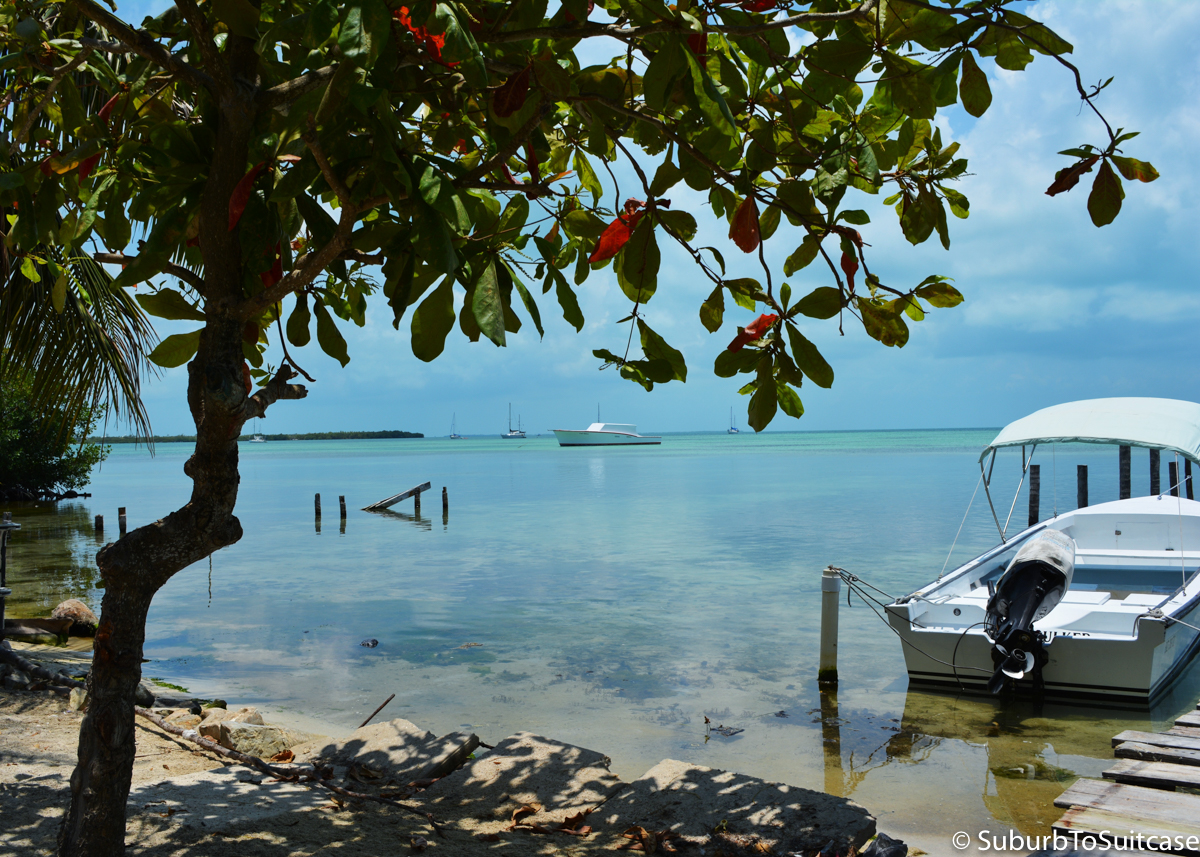
Caye Caulker bay
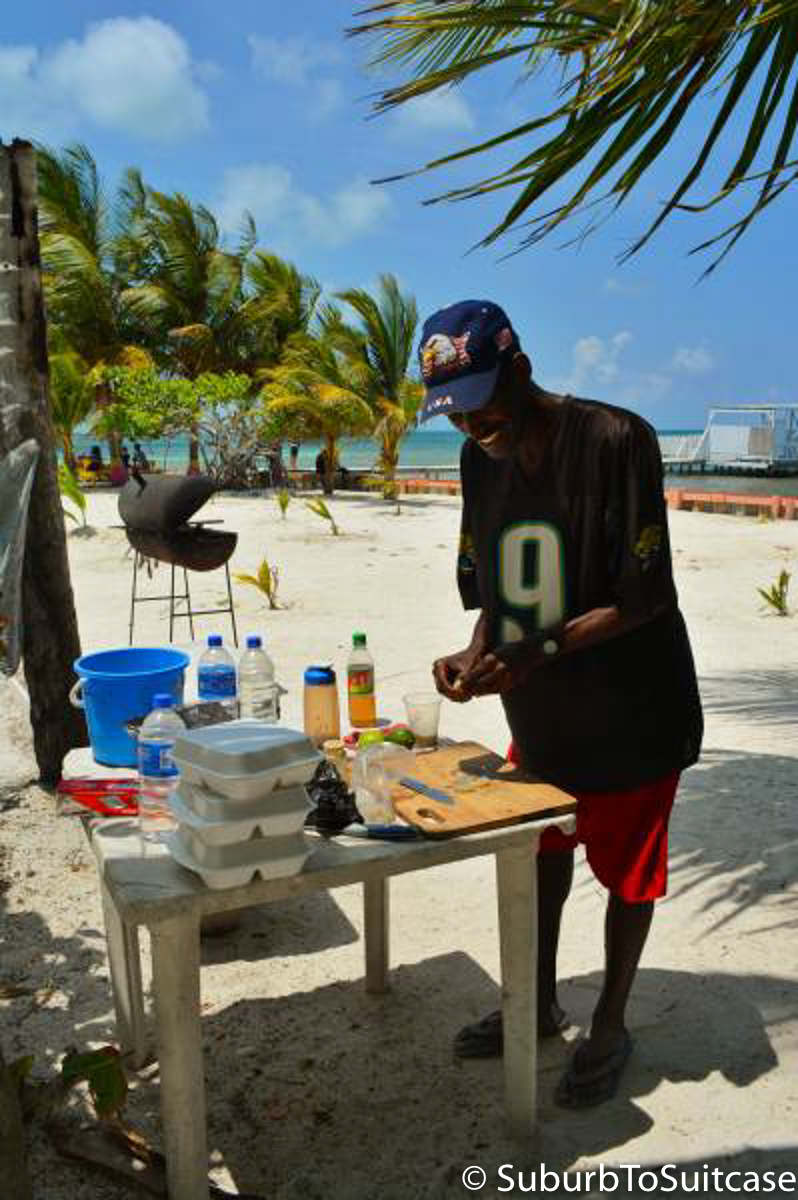
Chef Terry
Half Moon Caye
This is the island where most boats stop between dives when you visit the Great Blue Hole. You will see hermit crabs along the path which leads to a viewing area for the red-footed booby birds. It was beautiful and secluded – a great place to have lunch and rest during surface interval. HMC dive sites are great (full of large active nurse sharks, Caribbean reef sharks, Goliath groupers, huge barracuda, etc.) and I enjoyed them more than the Blue Hole which was something to cross off my bucket list. It helped make the steep fee to dive the hole more comforting too. To me, the beauty of the Blue Hole is more seen from atop the water when you can look at the beautiful variations in color. The dive itself is very short because you go so deep. There is not much to see when you are down there – lots of dark waters, a few reef sharks, minimal fish and the big stalactites. That said, to dive a destination that Jacques-Yves Cousteau called one of the top 10 dives in the world is pretty cool. It is also a great place to narc if you have not had that experience.
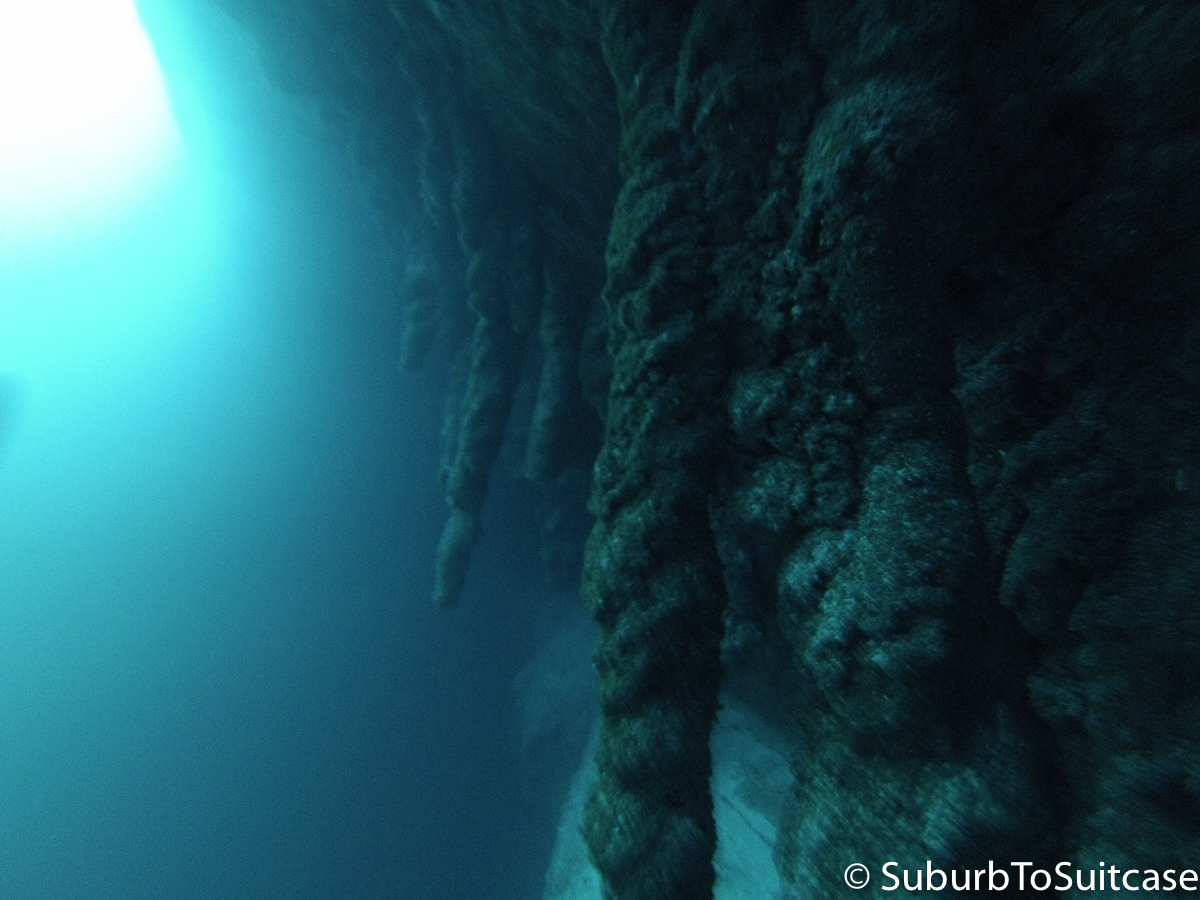
Huge Stalactites in Blue Hole
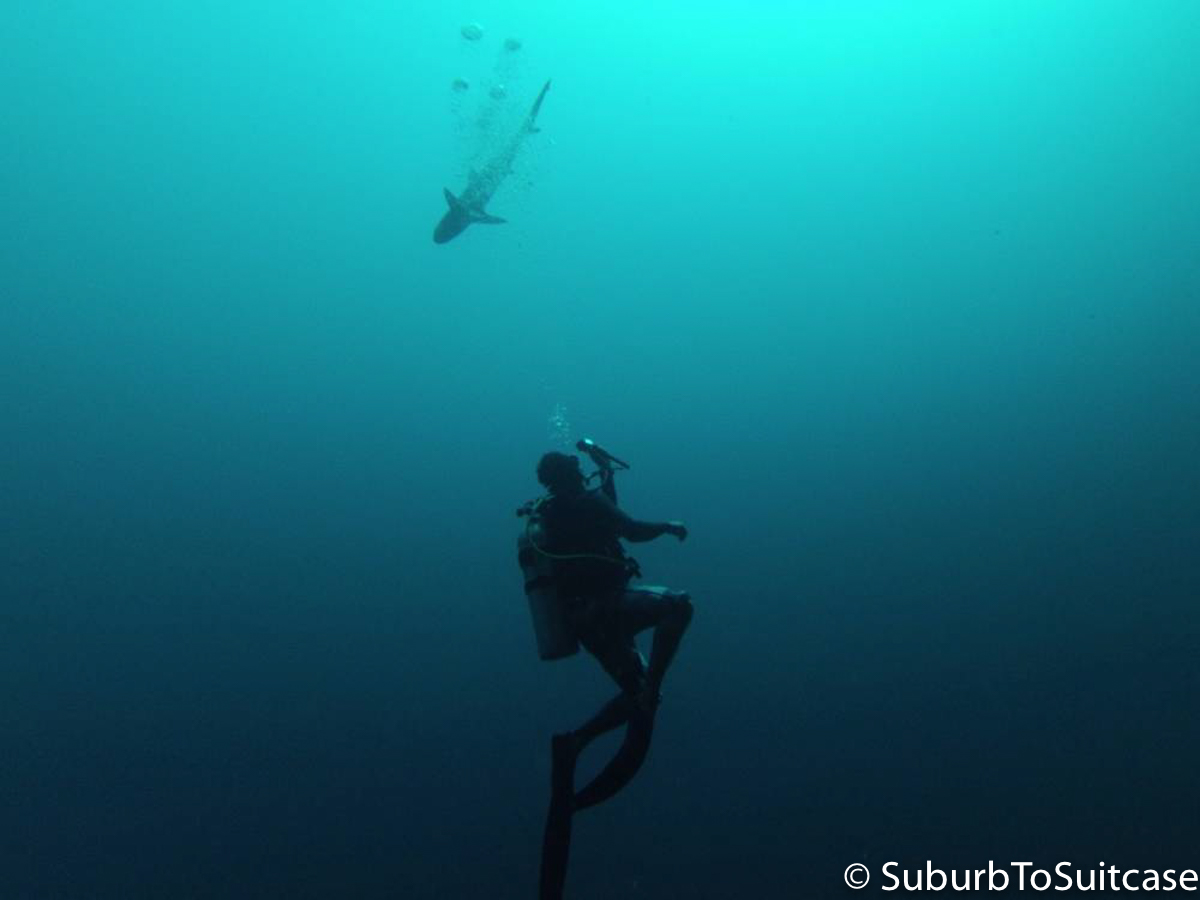
Quick snap of travel companion @blogtravelerbr in Blue Hole before I got narc’d ~141 feet
Dangriga
In order to get to Dangriga and Hopkins, you can go back to Belize City to take the bus or just catch another small prop plane. I had intended to take the bus from Dangriga to Hopkins but due to the schedule and excessive heat, I decided after about 45 minutes in the Dangriga bus station that it was worth the price to pay a taxi. The station is just like one you would see in the movies – sweltering heat, open air, dusty cement floor, people seated in rows with their children and animals just waiting for hours while a guy who works at the stand selling handmade jewelry, patchouli, unique music CDs and presumably pirated movies jams to reggae through his headphones. It is almost worth visiting just to observe this part of Belizean culture. It was a very humbling experience on my journey and one that reminded me of how life experiences are so different around the world. My taxi driver was talkative and originally from Nigeria. He described to me how Dangriga reminded him of home in Africa and talked about the various similarities.
Hopkins
The Garifuna village of Hopkins stole my heart. This is a community of kind and curious people whose smiles are bright and prideful. You can taste the love in their food and it is worth waiting for. Fish with rice and beans is common through Belize and I never got tired of the meals. We had barracuda one day, hogfish another, snapper later, and so on. The best meal by far is the traditional hudut (a coconut milk based soup with rich seasonings and a filet of fish on top – you dip cassava bread and mashed plantains into the soup also). Sour sop juice was refreshing in the heat and the fresh mangoes off the trees were just barely ripe enough to eat. I had never seen cashews grow but I now understand the high price per pound. In Belize, they use the cashew fruit to make wine as well. Nothing is wasted.
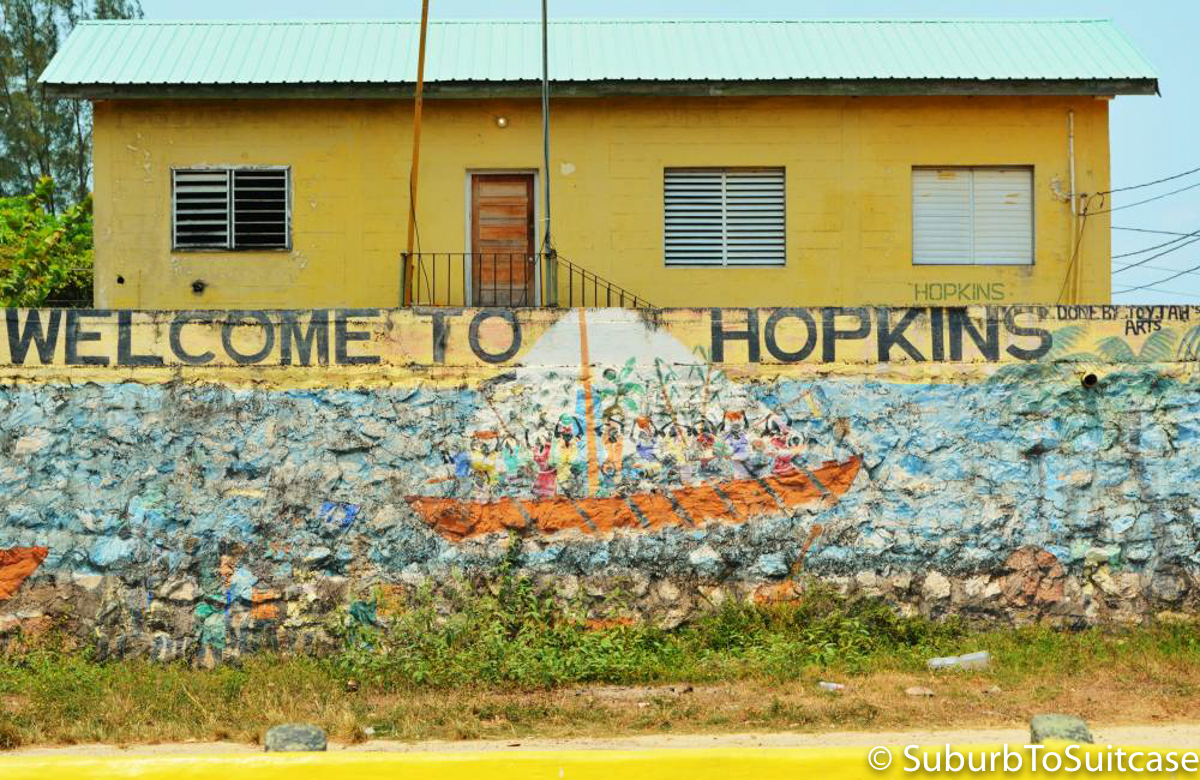
Yellow is the common color in Hopkins
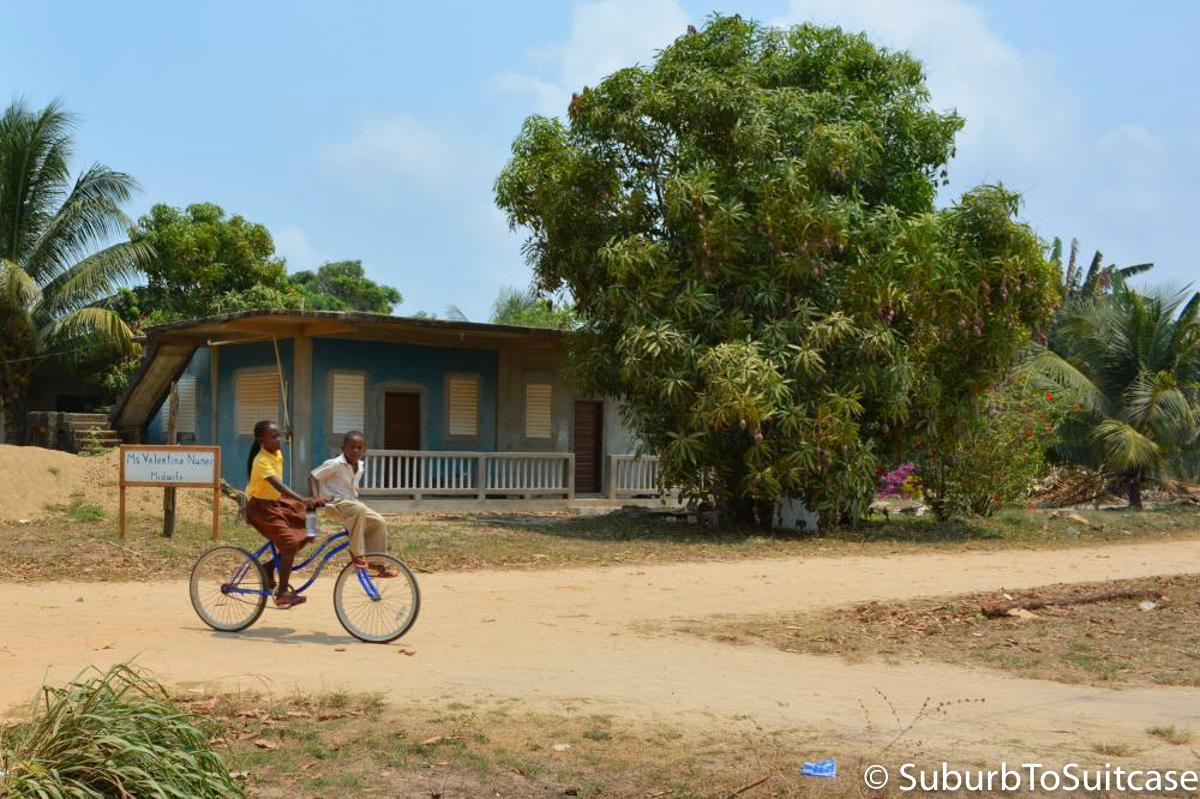
Garifuna village in Hopkins
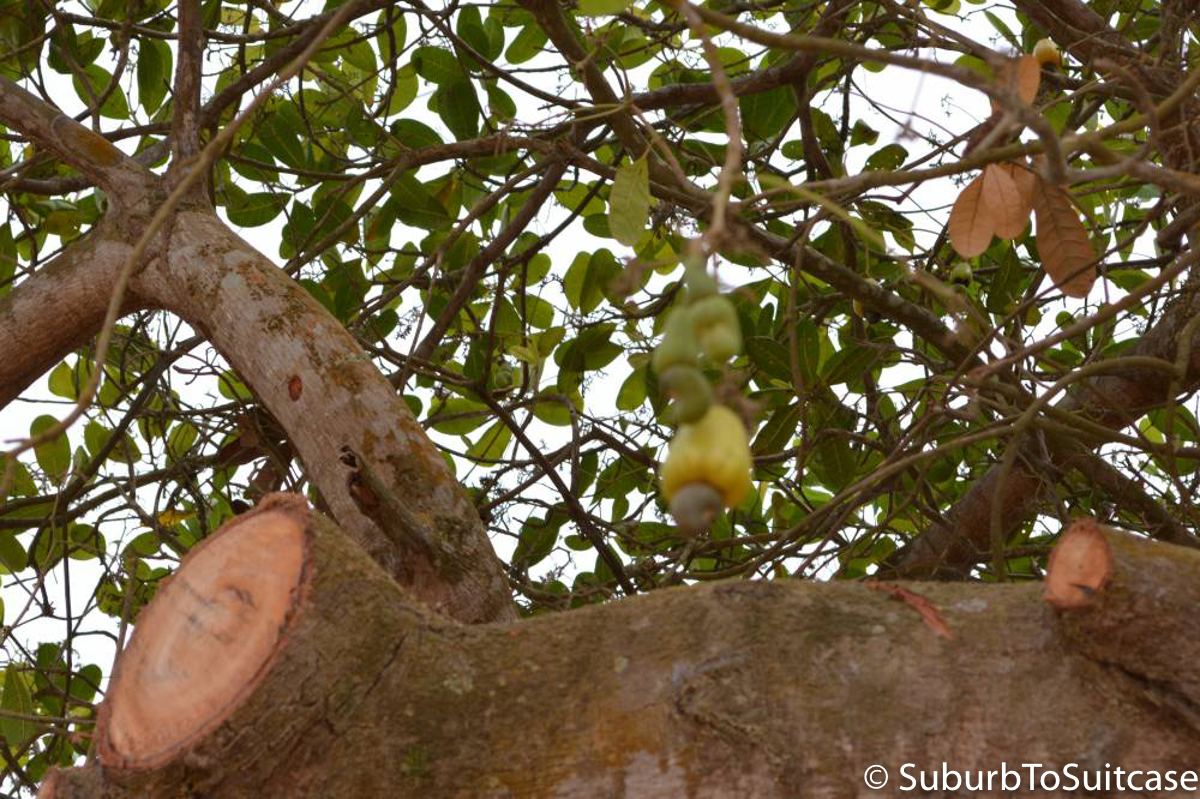
Individual cashew fruit and nuts growing in Hopkins
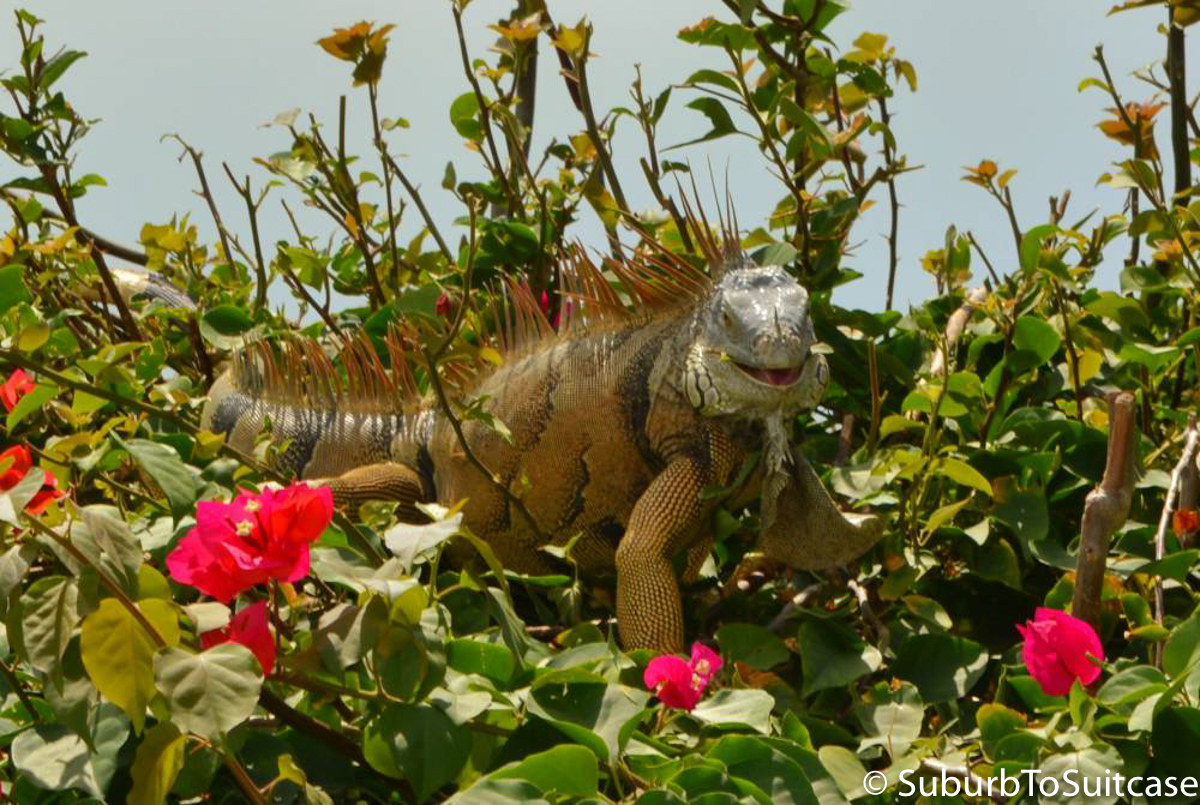
Huge iguana feeding on bougainvillea in Hopkins
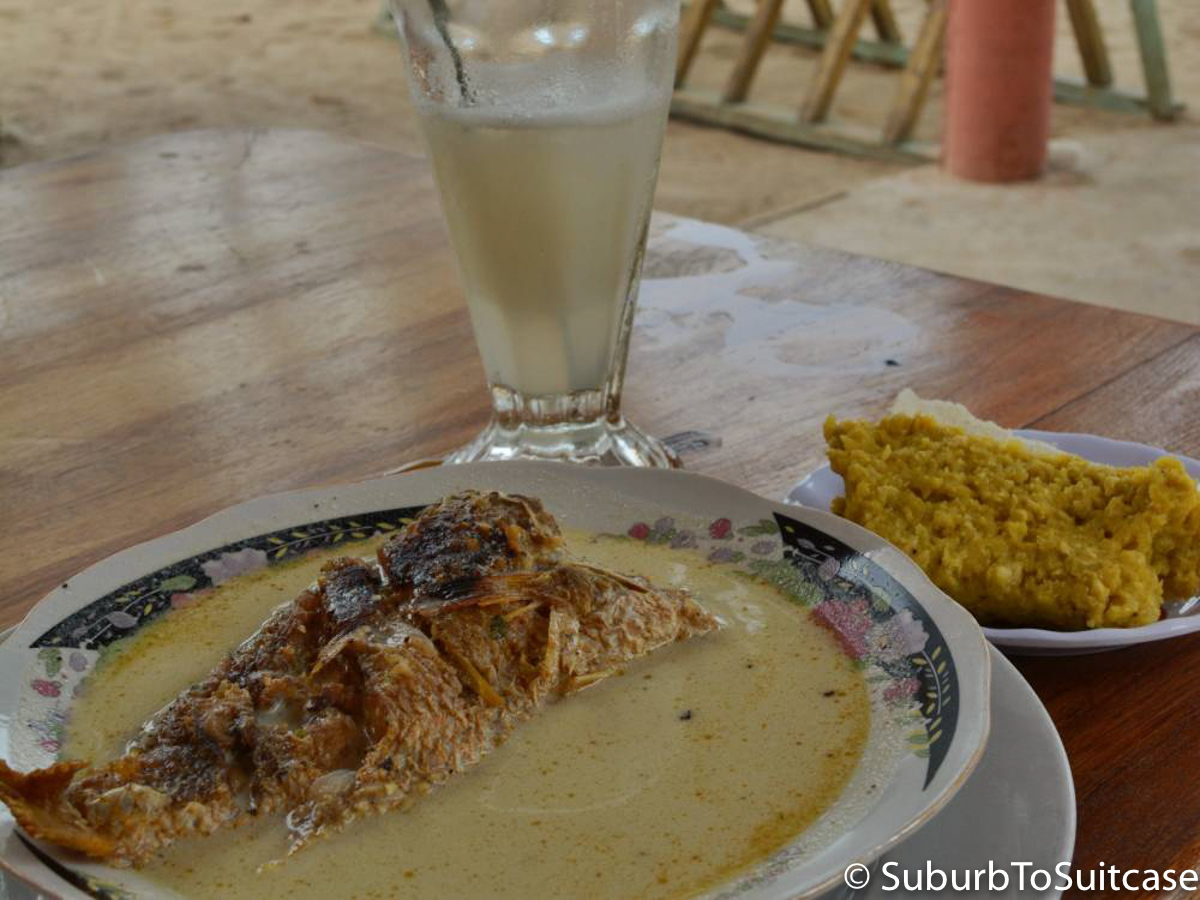
Traditional Hudut Meal: Photo Courtesy of Travel Companion (@blogtravelerbr)
Placencia
We rode the bus from Hopkins to Placencia. Similar to in other Central American countries, Belizean “chicken buses” are generally former U.S. school buses that have been painted and converted. The bus from Hopkins stops at the Seine Bight Garifuna village, just before heading into most of the Placencia resort area (not actually Placencia proper – that is another 15 minutes by bicycle or 25 minutes on foot). The school here is supported by private donations only so politely assertive teachers will board the bus briefly to ask for donations which appeared to be much appreciated. It is just a short distance from Seine Bight to the oceanfront resorts in either direction, but such a significant difference in lifestyle and accommodations. The ocean here is beautiful and perfect for kayaking.
My time here was topped off, though, by meeting a family of eight Belizean ladies covering three generations. They all live in the U.S. now but were either from Hopkins or Placencia originally. They return every year to celebrate their sisterhood together which I thought was really special. We bonded while comparing stories of our travels and jellyfish in the water (easily viewed while snorkeling and expected due to the extreme weather). They welcomed me as their honorary sister and were kind enough to also share the secrets to making perfect Belizean rice. This was the thought I held onto when terrible storms rolled in later that evening. It is hard to describe the feelings that rush over you when you find yourself at that time, alone, hungry, dehydrated, tired, emotionally depleted, scared and far from anything familiar without an immediate course of action available. It is a feeling of isolation you never forget and it is the precise moment you shed a tear and push beyond every limit you imagined you had. You survive that, too, wake up the next morning, and remember how blessed you are to have had such a rollercoaster of experiences. And then, life goes on. This is the stuff few people understand, but when you find someone who does, you realize what it means to truly connect.
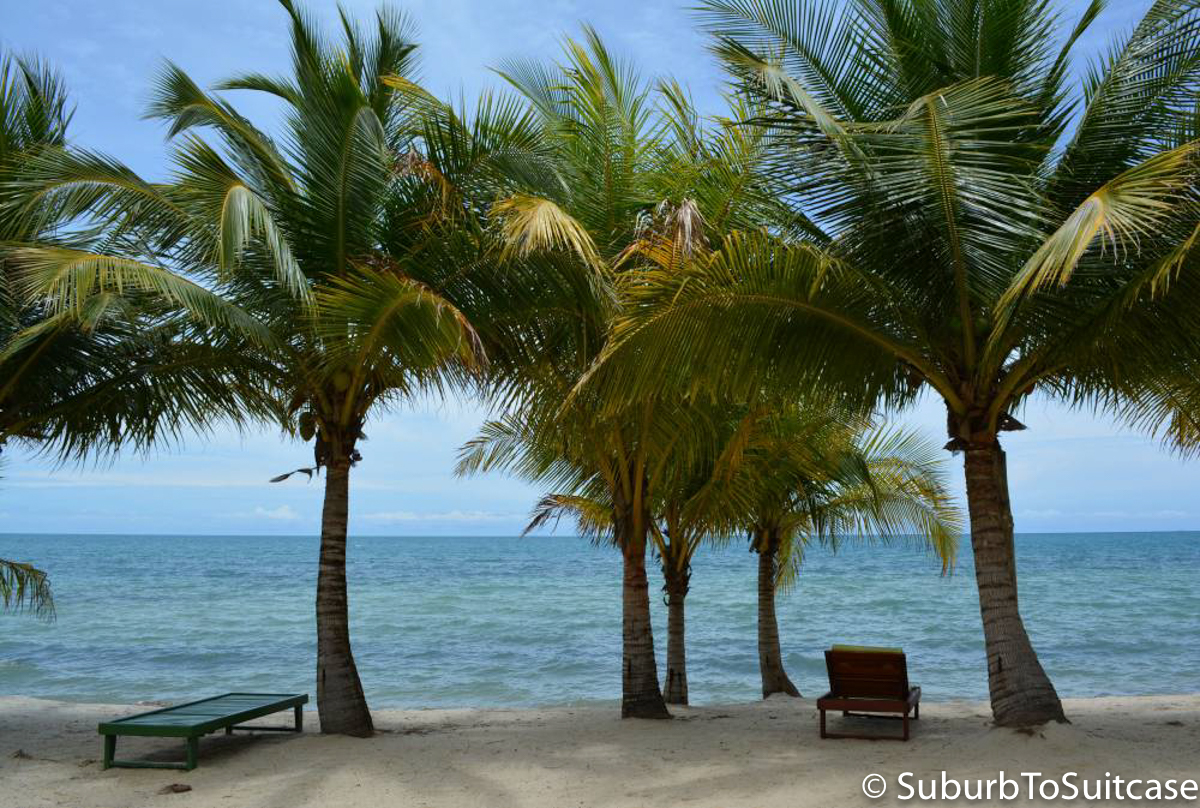
Placencia, oceanside
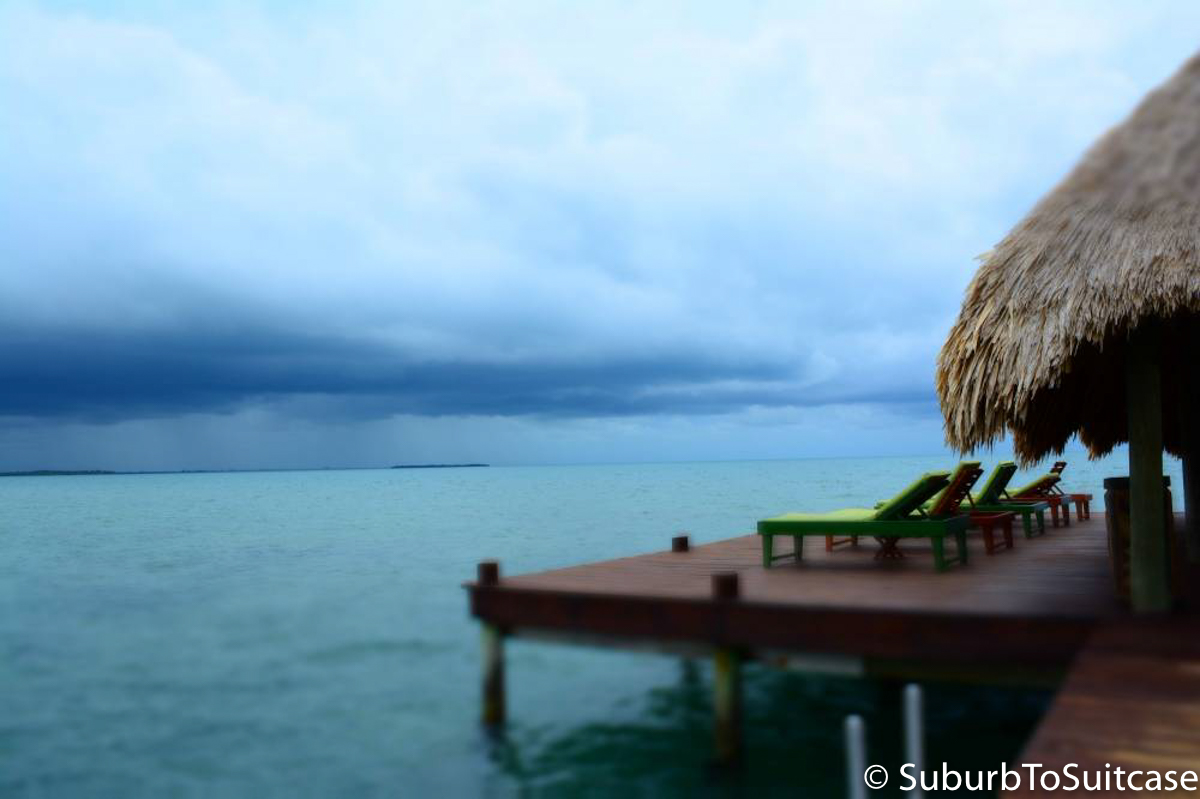
Just before the storm rolled in to Placencia
